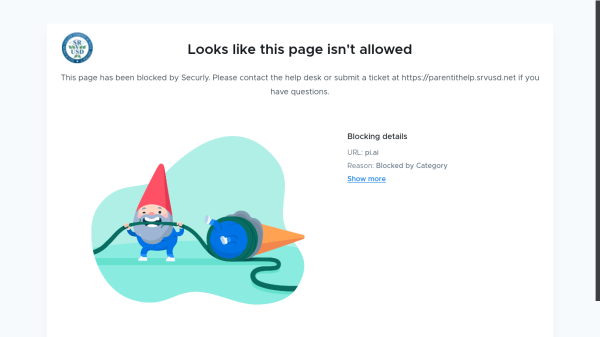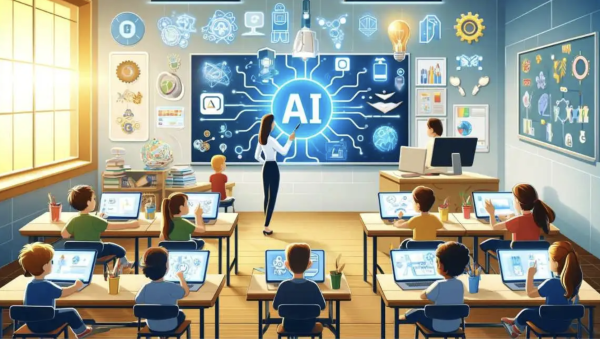The rise in inflation

With the current high inflation rate of 8.2%, many are wondering what is causing this extraordinarily high inflation rate, and what is going to come from it.
As 2022 comes to an end, many problems challenge the world. War, natural disasters, pandemic recovery efforts, and unemployment are just a few issues that every country has to deal with. Out of all these problems, one affects almost everyone: inflation.
Inflation is when a currency’s buying power decreases, making the currency less valuable. Many factors can contribute to inflation. One major factor is; consumers who obtain a surplus of money, spend money eagerly. Companies cannot keep up with the demand so they must raise prices. The same product is now sold for a slightly higher price, in turn lowers the value of the dollar.
Kian Entezari, a junior at Monte Vista noticed the spike in the prices of goods.
“Prices are rising, basic things like food are getting noticeably more expensive,” Entezari said. “I have to be more cautious in my spending because of this increase in prices.”
Inflation has slowly creeped up over the past three years. Factors such as COVID-19, the Russia-Ukraine crisis, and supply chain issues have played a major role in this. According to Macrotrends.net, the U.S inflation rate as of 2019 was 1.81%, in 2020: 1.23%, in 2021: 4.7%, then in 2022 the inflation rate skyrocketed to 8.2%.
The U.S is not the only country suffering from inflation. According to Eurostat, the Euro’s inflation rate in 2022 was 9.9%, dropping below the value of the US dollar in June of 2022. Low food supplies, and gas prices are the main causes of this crippling inflation.
Billions of people rely on fossil fuels to go about everyday life. Over the past months gas prices have shot up. With the gas prices rising sharply, all industries suffer. The transportation and manufacturing of goods that depend on fossil fuels become more expensive, this expense is passed to the consumer.
“Travel is getting much more expensive,” Entezari said. “Gas prices have caused commuting to and from places like school and work to become significantly more expensive.”
The Russia-Ukraine conflict affected gas prices because of the sanctions the West imposed on Russia, as Russia made up roughly ten percent of the global oil supply. While Russia is still selling oil, it is not to the same magnitude as it was before. This dip in supply led to higher gas prices for countries throughout the world. According to Eia.gov, Russia was responsible for eight percent of oil in the US.
The Biden Administration canceled oil drilling operations in the Gulf of Mexico and Alaska’s Cook Inlet as a push forward in making the US less reliant on fossil fuels. By canceling US drilling operations, supply decreases, while demand stays the same, causing a drive up in prices at the pump. Since then, Biden has tried to lower the extremely high national average of $3.80 by urging drilling operations to pump more and by releasing 15 million barrels from the strategic petroleum reserves. According to Eia.gov, the US consumes 19.89 million barrels of oil each day, which equates to about 7.26 billion barrels per year.
“Gas prices are not the only cause of this inflation”, said Personal Finance teacher, Mrs. Kerr. “Supply chain issues contributed to the inflation rate.”
Due to COVID-19, shortages of workers, high demand of products, and COVID relief checks cause, as Kerr puts it, “Too much money chasing too few goods.”
Companies cannot keep up with this high demand, in turn, they must raise prices.
In an attempt to combat inflation and the high amount of money in consumers pockets, The Federal Reserve is increasing interest rates to try to slow spending. By the end of 2022 it is projected that the Federal Reserve will increase interest rates up to 4.25-4.5%. By raising interest rates things become more expensive, mortgages and loans will cost more as the interest rate will be higher. In turn people wait to purchase big items like houses and cars. This will lower the inflation rate as people are less eager to spend, the demand for goods decreases, therefore making the price of goods drop slightly.
“The economy has shown signs of slowing down,” Kerr said. “ If people slow spending, and start saving, businesses will be forced to lower prices to become competitive.”
According to Nextadvisor, the Federal Reserve must be very careful in raising interest rates. With less people spending, the revenue of business drops. In an extreme situation businesses may be forced to lay off workers. In turn unemployment rates rise, and a recession may be unavoidable.
However many analysts are doubtful a recession is to come.
“A recession is not inevitable,” Kerr said. “The economy will slow down in the coming future.”

Brian Avram is a junior at Monte Vista and is starting his first year on The Stampede as a Staff Writer....






